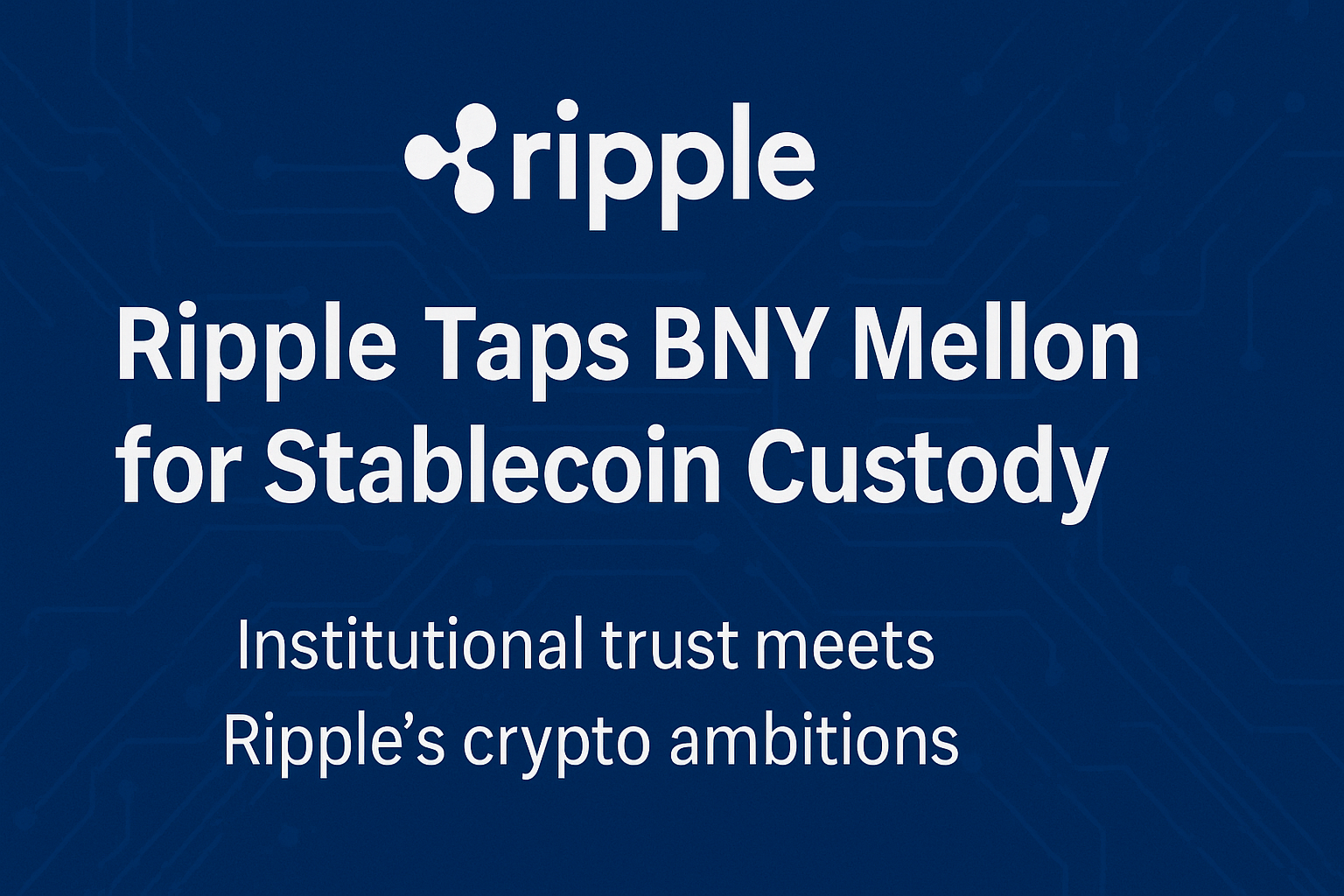Ripple has selected BNY Mellon as its custody provider for the upcoming Ripple stablecoin, further signaling its intention to enter the tokenized payments race with institutional credibility at the core. As reported by Finextra, the move positions Ripple’s dollar-backed digital asset as a fully reserved, regulator-friendly alternative to dominant players like Tether and Circle.
But is the alliance with Wall Street’s oldest bank a genuine leap forward in stablecoin transparency—or just a reputational hedge?
Why This Matters: The Custody Question Is No Longer Optional
In a post-FTX world, institutional-grade custody has become the litmus test for trust. A growing chorus of regulators and investors now demand that stablecoin issuers:
- Hold 1:1 reserves in liquid assets
- Segregate customer and operating funds
- Use regulated, third-party custodians instead of internal wallets
By choosing BNY Mellon—one of the most systemically important banks in the U.S.—Ripple is clearly addressing those concerns head-on. The announcement echoes a similar move by Circle in 2022, when it began working with BlackRock and BNY Mellon to custody USDC.
The Strategy Behind Ripple’s Stablecoin
Ripple’s yet-to-launch stablecoin is designed to be 100% backed by U.S. dollar deposits, U.S. Treasuries, and other cash equivalents. It will initially launch on the XRP Ledger and Ethereum, with expansion to other chains likely.
This multi-pronged strategy aims to:
- Serve as a trusted on-chain settlement asset for institutions
- Facilitate cross-border payments (a core Ripple use case)
- Compete with USDC and PayPal USD in the regulated stablecoin tier
- Eventually become part of broader tokenized finance ecosystems, including RWA platforms and CBDC integrations
BNY Mellon’s Role: Reputational Capital Meets Crypto Infrastructure
BNY Mellon isn’t just a name on the press release—it’s a critical differentiator. As the world’s largest custodian bank, managing over $46 trillion in assets, its involvement gives Ripple a key competitive advantage:
- Regulatory credibility with U.S. and global oversight bodies
- Proven controls and audits for safeguarding fiat reserves
- A base of institutional clients that already trust its custody processes
This move helps Ripple bypass much of the skepticism that surrounds self-custodied stablecoins, especially those with opaque audits and off-chain collateral (e.g. Tether).
Risks and Open Questions
- Regulatory Landscape: With U.S. stablecoin legislation still in limbo, it’s unclear how Ripple’s stablecoin will be treated by regulators—especially the SEC and NYDFS.
- Chain Competition: While launching on Ethereum offers composability, Ethereum already hosts several stablecoin incumbents. Can Ripple’s token stand out without offering radically better UX or liquidity?
- Market Demand: USDC’s market cap has stagnated, PayPal’s stablecoin saw muted adoption, and Tether dominates volume. It’s unclear if the market really needs another “compliant” stablecoin—unless Ripple’s distribution strategy is extremely focused.
Conclusion: Institutional Stablecoins Are Here to Stay
Ripple’s partnership with BNY Mellon underscores a major shift in the stablecoin narrative—from crypto-native experiments to Wall Street-approved financial instruments.
Whether this stablecoin gains traction depends on more than branding or balance sheet quality—it will require real-world utility, seamless on/off ramps, and deep integration into institutional workflows.
Still, if trust is the new currency of crypto, Ripple just deposited a meaningful amount.



